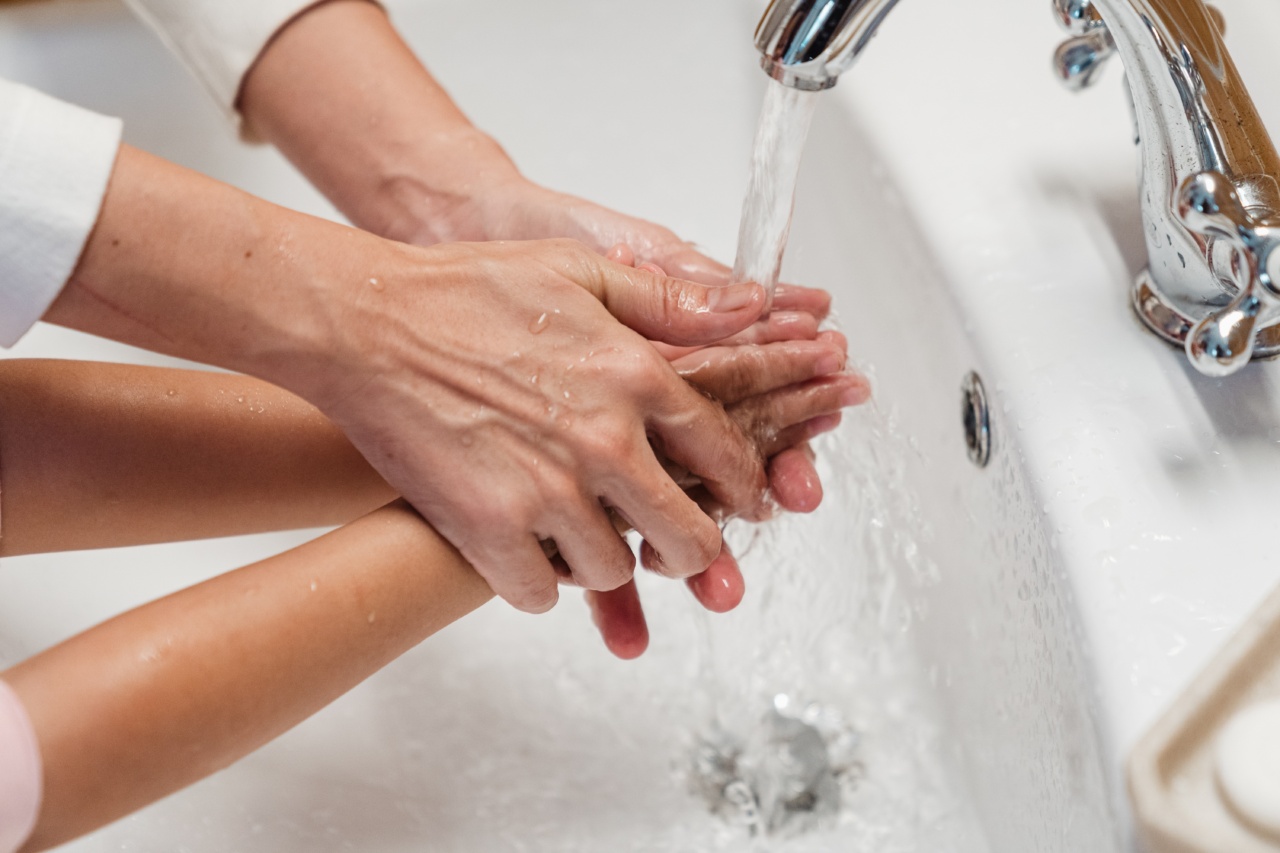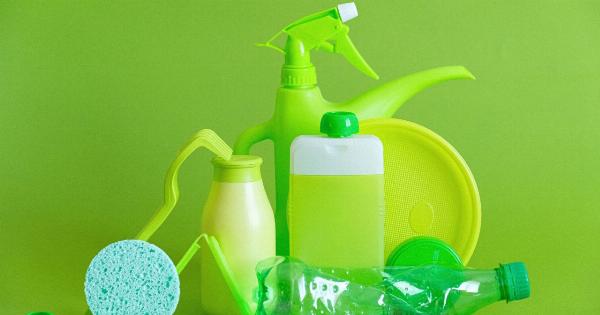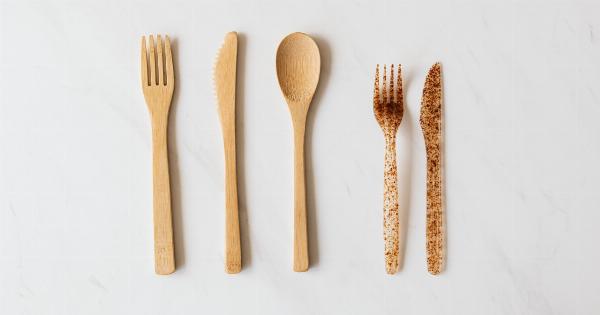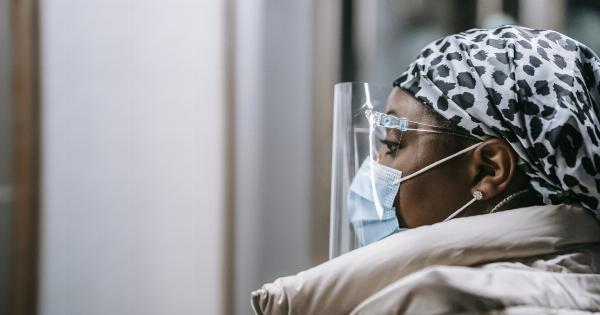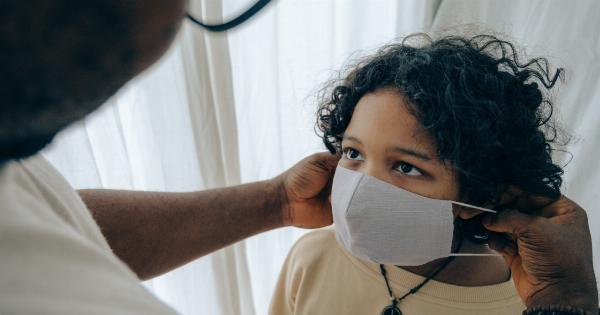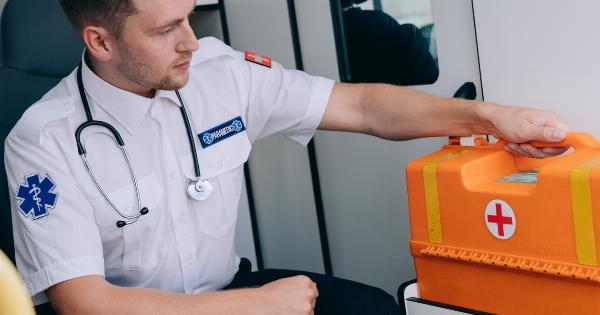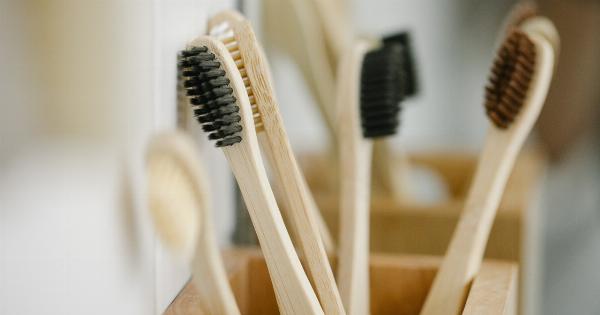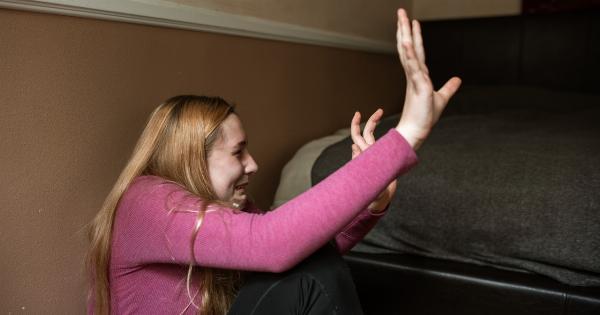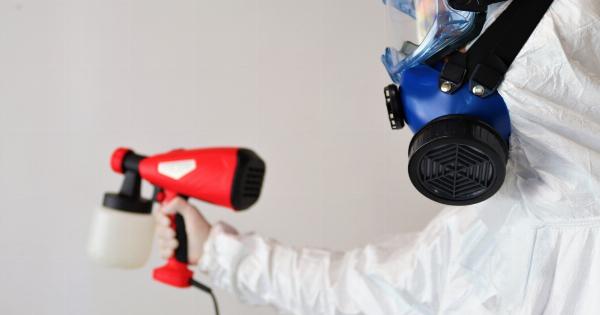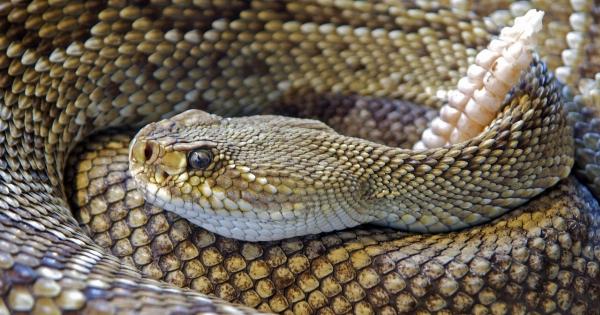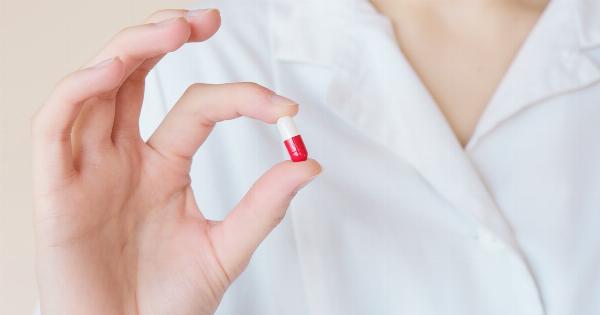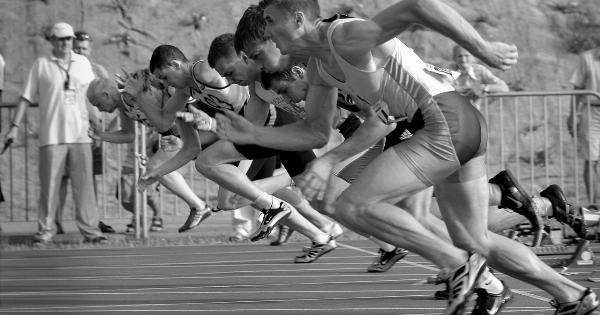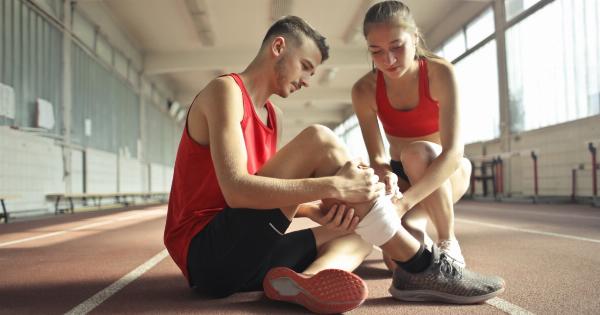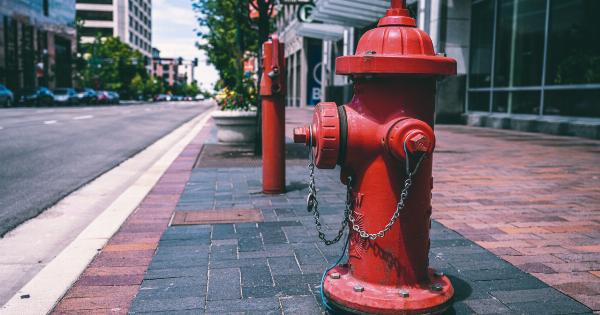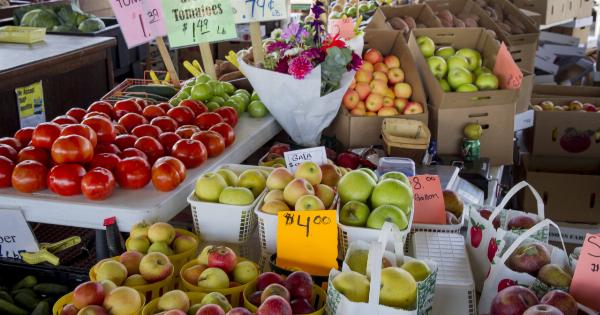As a parent, ensuring the safety of your child is always a top priority. While accidents can happen anywhere, the home is often the most common setting for these unfortunate incidents to occur.
Therefore, it is crucial to take the necessary precautions to protect your child from the most common home accidents. By implementing some simple safety measures, you can create a secure environment for your little one to thrive in.
Let’s dive into some essential tips and guidelines to safeguard your child from potential accidents within the comfort and familiarity of your own home.
1. Childproofing the Living Areas
The living areas of your home, such as the living room and dining area, need to be appropriately childproofed. Here are some measures you can take:.
- Install safety gates at the top and bottom of stairs to prevent falls.
- Cover electrical outlets with safety plugs or outlet covers.
- Secure heavy furniture, such as bookshelves and TV stands, to the wall to prevent tipping.
- Remove small choking hazards, such as small toys or loose objects, from reachable places.
2. Safety in the Kitchen
The kitchen poses various risks to young children. To ensure their safety, consider the following precautions:.
- Keep dangerous objects, such as knives and sharp utensils, out of reach in locked drawers or high cabinets.
- Use stove knob covers to prevent accidental turning of burners.
- Place safety latches on oven doors and refrigerator doors.
- Never leave your child unattended while cooking or using hot appliances.
3. Bathroom Safety Measures
The bathroom is another potentially hazardous area for children. Take these steps to minimize risks:.
- Always supervise your child during bath time.
- Never leave standing water in the bathtub or buckets.
- Install non-slip mats or stickers in the bathtub and on the bathroom floor to prevent slips and falls.
- Keep medications, cleaning products, and toiletries securely locked away or out of reach.
4. Bedroom Safety Precautions
Creating a safe sleeping environment is crucial for your child’s well-being. Here’s what you can do:.
- Ensure the crib meets safety standards, with the slats spaced appropriately and no missing or loose parts.
- Remove pillows, loose bedding, and stuffed animals from the crib during sleep time to reduce the risk of suffocation.
- Anchor heavy furniture, like dressers, to the wall to avoid tipping accidents.
- Use cordless window coverings to prevent strangulation hazards.
5. Preventing Accidents in the Backyard
While enjoying the outdoors, it’s important to keep your child safe from potential accidents. Take the following precautions:.
- Ensure the backyard is securely fenced and gated.
- Regularly inspect outdoor play equipment for any signs of wear and tear.
- Use soft mulch or padding under play equipment to minimize injuries from falls.
- Store garden tools, chemicals, and other hazardous materials in locked cabinets or out of reach.
6. Fire Safety
Fire safety is paramount in protecting your child from the devastating consequences of a fire. Take the following steps:.
- Install smoke detectors on every floor of your home, especially near sleeping areas.
- Place fire extinguishers in easily accessible locations, such as the kitchen and garage.
- Teach your child about the dangers of fire and what to do in case of an emergency, including “Stop, Drop, and Roll”.
- Develop a fire escape plan and practice it with your family regularly.
7. Preventing Electrical Accidents
Electrical accidents can be extremely dangerous, so it’s essential to take necessary precautions:.
- Install outlet covers or safety plugs in all electrical outlets that are within your child’s reach.
- Use cord organizers or tape to secure electrical cords and prevent tripping hazards.
- Avoid overloading power outlets with too many devices.
- Teach your child about electrical safety, including the dangers of playing with electrical cords or appliances.
8. Poisoning Prevention
Children are curious explorers, so it’s crucial to keep harmful substances out of their reach:.
- Keep all medications, cleaning products, and chemicals locked away in a secure cabinet.
- Be cautious of plants that may be toxic if ingested and ensure they are out of your child’s reach.
- Store all potential poisons in their original containers with child-resistant caps.
- Teach your child about the dangers of consuming or touching substances without adult supervision.
9. The Importance of Supervision
While implementing safety measures is crucial, adult supervision is essential in preventing accidents. Always keep an eye on your child, especially in potentially dangerous situations or environments.
10. First Aid and Emergency Preparedness
Accidents can still happen, even with all the necessary precautions in place. Being prepared can make a significant difference in the outcome of an emergency:.
- Learn pediatric first aid and CPR techniques to provide immediate assistance if needed.
- Keep a well-stocked first aid kit easily accessible in your home.
- Post emergency numbers, including poison control and your local emergency services, in a visible location.
- Regularly review and practice your family’s emergency response plan.
By implementing these precautionary measures, you can significantly reduce the risk of accidents and create a safer environment for your child.
